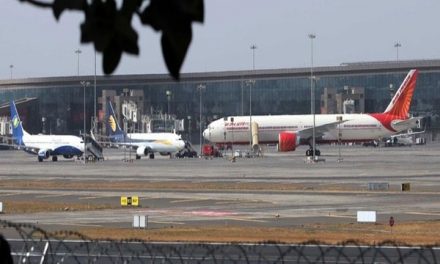Government of India first introduced the Bharat Stage Emission Standards (BSES) to keep a check on air pollutants from the internal combustion engine. Internal combustion engines produce harmful pollutants in the form of carbon dioxide (CO2), hydrocarbons (HC), particulate matter (PM), carbon monoxide (CO) and nitrogen oxides (NOx). Coming back to the timeline, the BS2 and the BS3 norms were put into effect in 2001 and 2005, respectively. This was followed by the BS4 emission norms that were implemented across 13 major cities in April 2010. Eventually, in April 2017, the BS4 standards were mandated throughout the country.
India will switch to the world’s cleanest petrol and diesel from April 1 as it leapfrogs straight to Euro-VI ( BS6)emission compliant fuels from Euro-IV grades now – a feat achieved in just three years and not seen in any of the large economies around the globe.
India will join the select league of nations using petrol and diesel containing just 10 parts per million of sulphur as it looks to cut vehicular emissions that are said to be one of the reasons for the choking pollution in major cities.
What is BS6 (BSVI)?
The governing body, Bharat Stage Emission Standards (BSES), regulates the output of pollutants from vehicles plying in the country. The Central Pollution Control Board which falls under the Ministry of Environment, Forest and Climate Change sets the standards to regulate emissions from vehicles in India.
The first emission standard or norm, introduced in the year 2000, was known as ‘India 2000’ and later, BS2 and BS3 were introduced in 2005 and 2010, respectively. While the first three emission norms were introduced at regular intervals, BS4 was introduced in 2017, after a gap of seven years.
The BS6 emission standard is the sixth iteration of the emission norm and comparatively, it’s a substantial leap in terms of reducing pollution compared to the outgoing BS4. This is also because the BS5 (BSV) has been skipped in an effort to move to better emission norms.
Despite these already stringent emission norms, India has been struggling to keep the air pollution in check. As a result, the government has decided to skip the BS5 norms altogether and enforce the BS6 norms from April 2020. This will bring India on par with the US and European emission standards. Now, fuel plays a crucial role in upgrading to the mandatory BS6 norms from April 2020.
BS6 Vs BS4 fuel type
The BS6-compliant petrol engines are designed and developed to treat pollutants after the combustion process, as the exhaust treatment system helps in trapping pollutants like NOx and PM. As for the BS6-compliant diesel engines, OEMs are working on an enhanced combustion chamber design with a clean fuel injector system that will, in turn, ease the process. This will help in finer atomisation of fuel thereby resulting in considerable improvement in the entire combustion process. The BS6 fuel has sulphur content equal to 10mg/kg while the BS4 grade fuel has sulphur content equal to 50mg/kg. Lesser sulphur content automatically means greener and cleaner fuel quality as it reduces the emission of harmful pollutants like carbon monoxide, nitrogen oxides and hydrocarbons.
Can BS6 vehicles run on BS4 fuel?
The BS6-compliant petrol cars will optimally run on BS4 fuel. That said, the new petrol engines can also run safely on BS4 fuel. Currently, BS6 petrol is available only in Agra and Delhi NCR regions. However, the BS6 diesel engine can only run on BS6 fuel, as the higher sulphur content in BS4 grade fuels can impact the catalytic action in BS6 engine that features an enhanced combustion chamber. The BS6 diesel and petrol are expected to be available across the country from 1 April 2020.
Can BS4 vehicles run on BS6 fuel?
Now, moving on to the BS4 petrol vehicles, these vehicles are compatible with BS6 petrol due to minimal differences in terms of chemical properties. However, the diesel BS4 engine is likely to have long term implications with BS6 diesel. This can be attributed to the low sulphur content in BS6 diesel which is expected to affect the chemical lubrication process of the injectors and the BS4 diesel engine is likely to show signs of internal wear and tear in long term. The disrupted fuel flow pattern is likely to cause incorrect/incomplete combustion thereby causing an increase in the emission levels.











